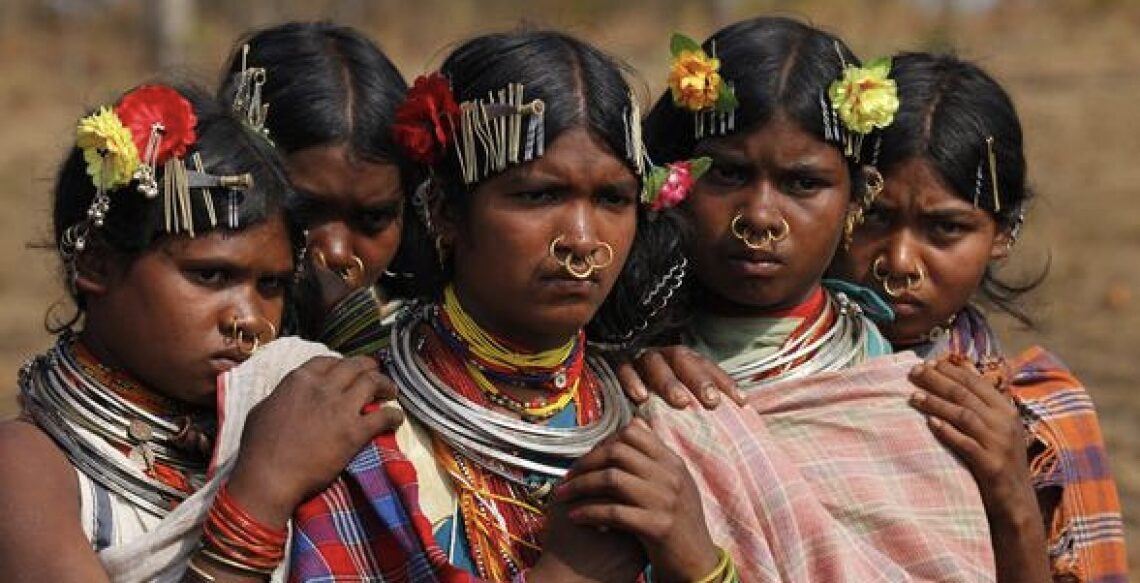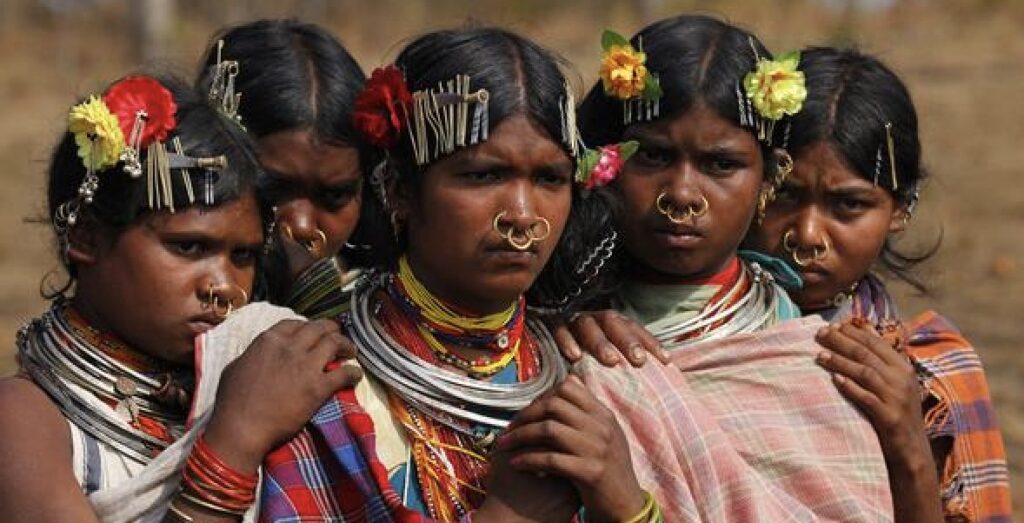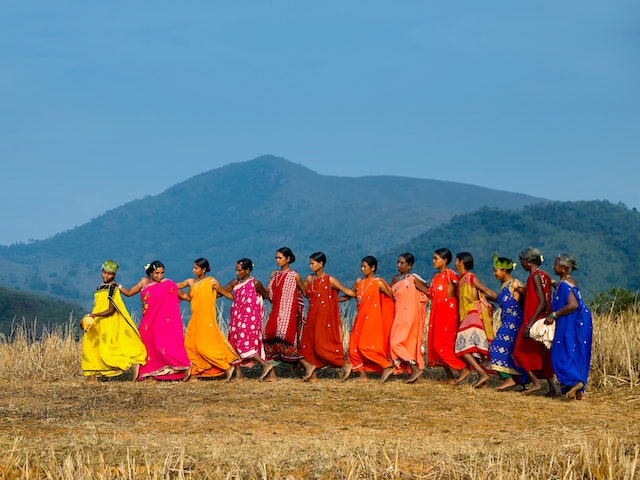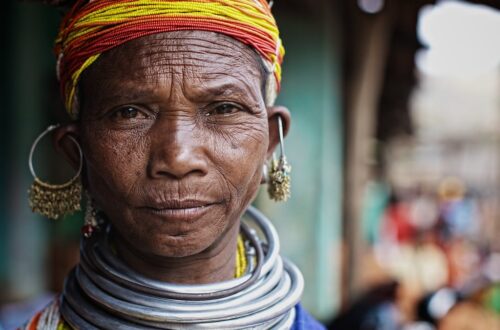
Unveiling the Rich History of the Dangaria Tribes in Rayagada District
Nestled in the verdant hills of Odisha, Rayagada District is home to a diverse tapestry of indigenous communities, each with its unique culture, traditions, and history. Among these, the Dangaria tribes stand out as one of the most fascinating and historically rich groups. In this blog post, we will embark on a journey through time to uncover the captivating history of the Dangaria tribes in Rayagada District, shedding light on their origins, customs, and their enduring legacy.

Origins and Ancestry
The Dangaria tribes, also known as Dongria or Dongria Kondh, are indigenous to the hilly regions of Rayagada District in the state of Odisha, India. Their name, “Dangaria,” is derived from the word “dongar,” which means hills in the local Kui language, signifying their deep connection to the hills and forests that have been their home for centuries.
- Historical Roots The history of the Dangaria tribes can be traced back several centuries, with their presence in the Rayagada District dating back to ancient times. These tribal communities have inhabited the region long before recorded history, making them an integral part of the landscape.
- Cultural Significance The Dangaria tribes have a rich cultural heritage that is deeply intertwined with their natural surroundings. Their songs, dances, and rituals often reflect their reverence for the hills, forests, and rivers that sustain them.

Lifestyle and Traditions
The Dangaria tribes have a distinct way of life that has evolved over generations. Their customs and traditions are a reflection of their deep-rooted connection to the land and the environment.
- Subsistence Farming Agriculture is the primary occupation of the Dangaria tribes. They practice shifting cultivation, known as “Podu cultivation,” where they clear a patch of forest, cultivate crops for a few years, and then move to a new location. This sustainable farming method ensures minimal ecological impact on the forests they inhabit.
- Unique Attire The traditional attire of the Dangaria tribes is a sight to behold. Women often wear colorful saris adorned with intricate embroidery, while men don dhotis and turbans. Their attire reflects their vibrant culture and the use of locally available materials.
Spiritual Beliefs and Practices
The spiritual beliefs and practices of the Dangaria tribes are deeply rooted in animism and nature worship. They believe in the presence of spirits in the natural world and have a strong bond with their deities.
- Worship of Niyam Raja Niyam Raja, the supreme deity of the Dangaria tribes, is believed to reside in the Niyamgiri hills, a sacred place for these communities. The Dangarias offer prayers and sacrifices to Niyam Raja to seek protection and blessings for their community.
- Ecological Conservation The Dangaria tribes’ reverence for the environment extends to their religious practices. They view the hills, forests, and rivers as sacred, which has led to their active involvement in environmental conservation efforts.
Challenges and Resilience
Despite their rich cultural heritage and deep connection to the land, the Dangaria tribes face numerous challenges in the modern world.
- Land Disputes One of the most pressing issues for the Dangaria tribes is land disputes. The Niyamgiri hills, considered sacred by the tribes, have been the center of contention due to mining interests, putting their way of life and the environment at risk.
- Socio-Economic Struggles The Dangaria tribes often live in remote areas with limited access to education and healthcare. Economic opportunities are scarce, making them vulnerable to poverty and exploitation.
Preservation of Culture and Heritage

Efforts are being made to preserve the unique culture and heritage of the Dangaria tribes in Rayagada District.
- Cultural Festivals The Dangaria tribes celebrate various festivals throughout the year, showcasing their traditional music, dance, and crafts. These festivals provide an opportunity for the younger generation to learn about and appreciate their cultural roots.
- Indigenous Rights Advocacy Indigenous rights organizations and activists have been actively advocating for the protection of the Dangaria tribes’ land and way of life. Legal battles and awareness campaigns have drawn attention to their struggles.
How to Reach to Rayagada to Explore Their Life
Reaching Rayagada, a district in the state of Odisha, India, can be done through various modes of transportation, depending on your starting point. Here are some common ways to reach Rayagada:
- By Air: The nearest airport to Rayagada is the Biju Patnaik International Airport in Bhubaneswar, which is approximately 300 kilometers away. From the airport, you can hire a taxi or take a bus to Rayagada.
- By Train: Rayagada has its own railway station, Rayagada Railway Station, which is well-connected to major cities in India. You can check the availability of trains to Rayagada from your location and book tickets accordingly.
- By Road: Rayagada is well-connected by road to nearby cities and towns. You can reach Rayagada by bus, taxi, or your private vehicle. Here are some common routes to reach Rayagada by road:
- From Bhubaneswar: Rayagada is approximately a 7 to 8-hour drive from Bhubaneswar. You can take NH 326 and NH 59 to reach Rayagada.
- From Visakhapatnam: If you are coming from Visakhapatnam, you can take NH 516 and NH 326, and the journey may take around 5 to 6 hours.
- From Koraput: Rayagada is also accessible from Koraput, which is about 3 to 4 hours away by road.
- By Bus: Several government and private bus operators run regular bus services to Rayagada from neighboring cities and towns. You can check with the local bus terminals or online booking platforms for bus schedules and availability.
- By Taxi or Rental Car: If you prefer a more comfortable and private mode of transportation, you can hire a taxi or rent a car from nearby cities or airports. Make sure to negotiate the fare in advance and ensure the vehicle is in good condition for the journey.
Before embarking on your journey to Rayagada, it’s advisable to check the latest travel advisories, road conditions, and transportation options to ensure a safe and convenient trip. Additionally, it’s a good idea to have a map or GPS navigation device to help you navigate the roads and reach your destination smoothly.
Save on Travel with Trip.com (ENG)Conclusion
The history of the Dangaria tribes in Rayagada District is a testament to the resilience of indigenous communities in the face of modern challenges. Their deep-rooted connection to the land, spiritual beliefs, and unique way of life make them an integral part of India’s cultural tapestry. As we celebrate their rich history, it is essential to continue supporting their efforts to protect their land, preserve their culture, and ensure a bright and sustainable future for generations to come.




